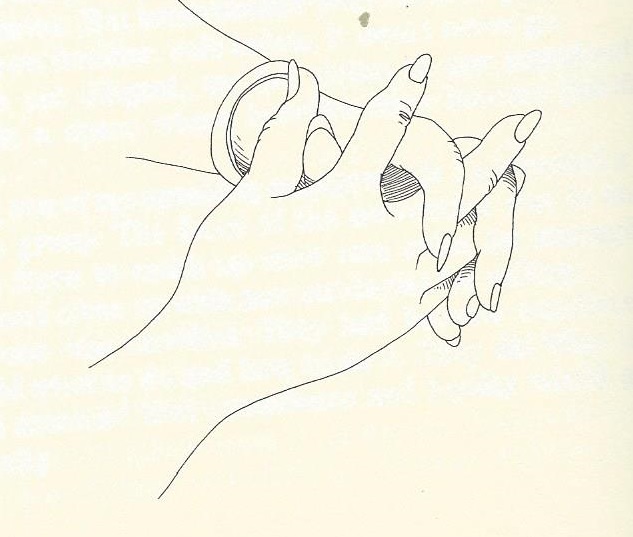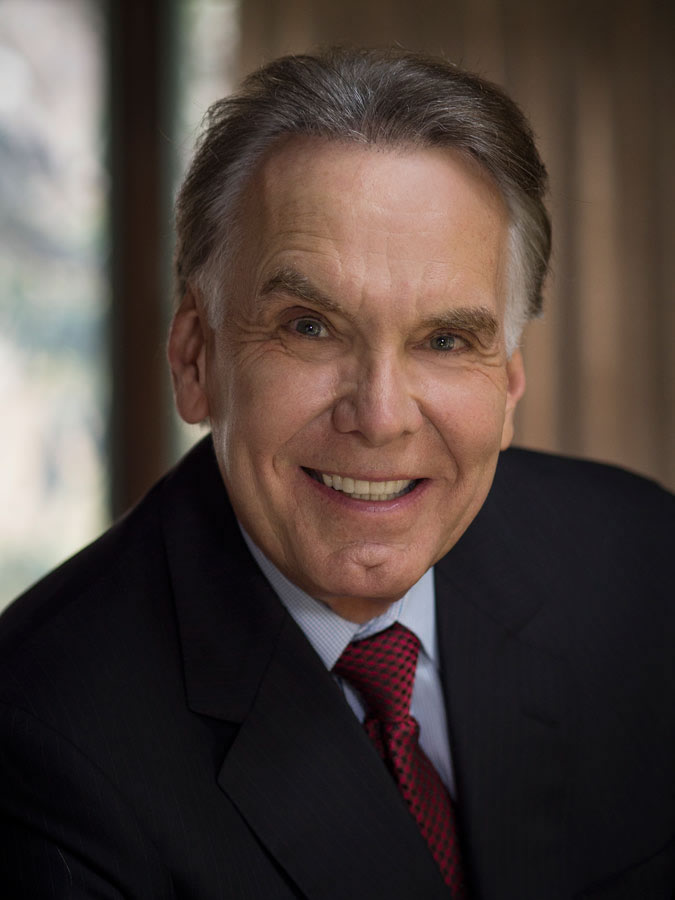Insights: Managing Change
Change is the law of life and those who look only to the past
or the present are certain to miss the future.— IRVING JANUS, GroupThink
There is strange comfort in thinking that we can anticipate our future, even if the future is black. Battered women have admitted that remaining in an abusive relationship is not as frightening as leaving. People stay year after year in stultifying jobs.
But knowledge of how change works gives us the power to see all change as positive. Adapting to change is simple to talk about, difficult to execute, painful in the process, yet much less exhausting than fighting it.
Remember Bill Murray in the hilarious film Groundhog Day? What if you were in that situation? What would you do if you knew with absolute certainty that every day would be exactly like the day before? That, for the rest of your life, you would be, have, and do exactly the same as you are, have, and do now? That there would be no surprises, no spontaneity, and no newness? My bet is that, like the character in the movie, you would do everything in your power to change that. We both resist and seek change. And it’s this paradox that creates behavior that is often unconscious, involuntary, and even destructive.
Clasp your hands together as demonstrated in the diagram below:

Now take your hands apart and clasp them back together, moving your fingers over one digit. How would you describe the difference between the two positions? Is the feeling strange, weird, unbalanced, different, uncomfortable, odd, silly, awkward, wrong?
All these words describe how we respond to significant personal change. It’s no great mystery why we can want change and resist it at the same time. With a slight shift of perspective, however, change can be experienced as new, interesting, curious, or invigorating. How change is perceived is up to you.
Even though the change often creates a better environment for everyone, it is often unsettling and unnatural. There may not be much you can do about the way things change, but there is a lot you can do about how you react to it. Over that, you have total, absolute, and complete control.
One must never lose time in vainly regretting
the past nor in complaining about the changes
which cause us discomfort, for change is the very essence of life.— ANATOLE FRANCE, pseudonym of Jacques Thibault, nineteenth-century French writer and Nobel prize winner
Why can’t we just create and accept change as part of the natural flow of life without getting upset? Why don’t we create change when we discover something in our lives that doesn’t work?
The answer is: CHANGE CREATES THE OFTEN SUBCONCIOULS AND UNREALIZED THREAT OF LOSS AND THE THREAT OF LOSS CREATES RESISTANCE.
Managing Change Creates Loss
The truth about change is that, positive or negative, it creates loss. All change involves giving up something. We fear loss and resist change.
So, what is the usual process of change? The answer here is: CHANGE CAN OCCUR ONLY AFTER THE PAIN OF REALIZING THAT CURRENT BEHAVIOR CAN NO LONGER BE TOLERATED.
It’s tough enough to have the threat of loss challenge us, but, in addition, our bodies and our brains have a built-in penchant to stay the same. When we stray out of our familiar boundaries, that self-protecting mechanism is alerted to possible danger and brings us back to ‘‘normalcy.’’
Our body temperature and blood sugar levels are two prime examples of this self-regulating and protective system. However, this system goes beyond our physical bodies and applies to psychological states and behavior modes as well. This condition of balance, equilibrium, and resistance to change is called homeostasis, a universal stamp of all self-regulatory systems from microscopic bacteria to the salamander, from the human being to the family, from an organization to a culture.
This self-protecting mechanism is designed to buffer us against the shock of change by encouraging us to act in familiar ways with familiar behavior from the past, even when that behavior is inappropriate. I once heard a golfer say, after shooting under par, ‘‘I couldn’t believe how well I played today. It wasn’t like me at all.’’ The next day he played one of the worst games of his life. He balanced himself out. His homeostasis, his preprogrammed self-image, was maintained.
Life is about moving; it’s about change.
And when things stop doing that they’re dead.— TWYLA THARP, dancer/choreographer
The feedback system in families and organizations requires a complicated form of maintenance. Reward, punishment, manipulation, instruction, approval, affection, denial of love, and rewarding with love are a few examples. Imagine the systems used by social and national cultures!
Homeostasis does not distinguish between changes for the better and change for the worse. It resists all change.
This was painfully obvious to me when I first entered the field of clinical hypnosis. I worked with people who wanted to lose weight, stop smoking, improve their athletic performance, or change some aspect of their daily life. At first the suggestions I used seemed to have some effect, but in time most people drifted back to their old behavior. It was discouraging to them and frustrating to me. Little did I know that these people were subconsciously coping with the threat of loss. They not only encountered resistance from their families, friends, and co-workers, but also encountered resistance from within themselves.
Keep changing. When you’re through changing, you’re through.
— BRUCE BARTON, advertising executive, Batten, Barton, Durstine & Osbourne (BBDO)
THE IDENTIFICATION PARADIGM
CHANGE FACT: Personal identification with any concept, belief, convention, or attitude will create a powerful barrier to change. In all societies (Family, Town, Church, Institution, Organization) the normal human instinct is to protect oneself and, more importantly, one’s way of life.
Whether it is the family, the military, Facebook, or the company you work for, there is a comfort zone of convictions, daily routines, physical accommodations, habits, and rituals. If any of these infrastructures is challenged, then the structure of the unit is threatened, which produces a protective instinct.
Identification can help keep intact the nurturing aspects of family, religion, and even business, but for the most part identification limits innovation, exploration, and curiosity; it creates tunnel vision. A company exclusively identified with a specific product may not anticipate a customer’s need for a new product; an individual who’s identified with a specific job may not see new career possibilities.
How can the negative aspects of the ‘‘identification paradigm’’ be eliminated without destroying the positive benefits gained from security?
Politics is a perfect example. On one hand, there is the limiting commitment to the status quo; and on the other, there is the equally limiting determination to change. Both sides defend and attack, even though their goal is often the same. The identification paradigm often creates limited perspective between two sides, which result only in conflict that prevents negotiation.
Whether it’s the family, the church, government or a corporation, the key to managing change is purpose. Identify the purpose in the grandest terms possible, and you’ll have created a common vision.
Make sure the vision is consistently communicated to every member of the group, and you’ll have created solid energy. A clearly defined vision that is consistently communicated provides the fuel to blast apart the limited identification paradigm, the energy to combat resistance to change among members of any group, and the power to deal with, manage, and accept the change.
In my next blog, I will give you tips to overcome the resistance to change by learning to manage change.
IMAGINE THAT!
IMAGINE THAT! Igniting Your Brain for Creativity and Peak Performance is the first web-supported book with access to 21 video-coaching clips. Please go to the home page www.jamesmapes.com , read the description and you will find the direct link to Amazon.

James Mapes is the founder of Quantum Leap Thinking™, creator of The Transformational Coach™, expert on the psychology of “applied imagination,” best-selling author, highly acclaimed business speaker, consultant, seminar leader and personal excellence coach.
